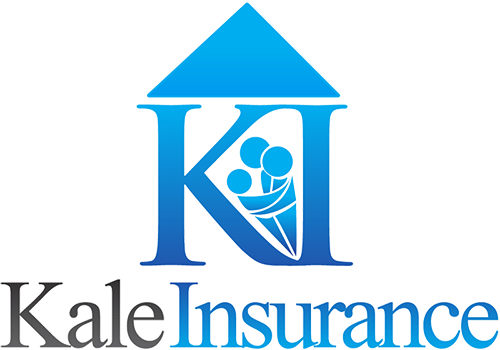
Protect your financial future with umbrella insurance if coverage costs exceed your limits during a claim.
Additional coverage for an extra layer of protection.
Umbrella insurance has an unusual name, but it’s a simple concept—it’s an extra liability policy for added peace of mind. Most commonly, this type of coverage is something you get in addition to either an auto insurance or home insurance policy, as well as watercraft insurance.
Focuses primarily on liability claims.
This type of coverage is specifically about liability, which is the cost you might have to pay to somebody else for an unfortunate event where you are held responsible. It doesn’t usually include losses you bear yourself, such as if your property is damaged or your possessions are stolen.

You can be held responsible if you significantly damage another vehicle and/or property. Do you have enough coverage to protect yourself from the risk?
Your standard auto policy limit could easily be exhausted if you are found to be at fault. An umbrella or excess liability policy provides an extra layer of protection once your standard liability limits are exhausted. It’s a cost-effective way to ensure the peace of mind you deserve.
It’s easy to get distracted while driving. All it takes is an incoming text message, a fussy baby, or changing the radio station and your eyes are off the road long enough to crash into a pedestrian, bicycle, or another vehicle. As an owner/operator of the vehicle, you may be held financially responsible for any bodily injuries caused as a result of the accident.
An umbrella or excess liability policy helps extend your coverage to better protect you against these significant costs. It’s the ideal coverage to provide peace of mind, even when the unthinkable happens.
You invite guests over for a pool party and one of your guests dives into the shallow end of the pool and is permanently injured. They hire a lawyer to represent them and after a long legal battle, you and your family are left financially responsible for their injuries. Do you have enough money in savings to cover your legal responsibilities as well as the legal defense costs?
An umbrella or excess liability policy increases your personal liability limits by adding protection over and above your current auto, boat, or homeowners policies - providing real financial value, as well as priceless peace of mind. Excess liability insurance is available either by an endorsement to your homeowners policy or available as separate coverage.
Accidents can happen to anyone at any time, even those who have been out on the water for years. Personal watercraft insurance is a necessity, but sometimes the limit these policies provide isn't enough.
Your standard watercraft policy limit could easily be exhausted if you are found to be at fault for property damage or personal injury. An umbrella or excess liability policy can extend those limits, providing you an additional layer of financial protection.
Pays out when liability coverage limits are not enough.
You’d usually get umbrella insurance when your main insurance policy has liability coverage limits that are too low for your needs. The policy will only pay out when your main policy has already paid out in full, and it will only pay out the remainder of your costs.
How does umbrella insurance work?
For example, if your auto policy covers liability up to $500,000 but you cause an accident that leaves the other driver with medical bills of $600,000, your main policy will pay out in full, and the umbrella policy will kick in for the remaining $100,000.
How can you increase your personal liability limits?
Umbrella insurance allows you to get more coverage if a claim goes over your auto, home, or watercraft policy’s limits, which you’d have to pay for out-of-pocket otherwise.
Who does an umbrella insurance policy cover?
If you have umbrella insurance, it may cover members of your family or household. Be sure to understand who is covered by your specific policy when looking for coverage for your unique situation.
Do you need umbrella insurance?
The policy itself will have its own limit, but this is less likely to be an issue. In addition, coverage might be more affordable than you might think. While it covers large potential payouts, the premium usually reflects the reduced risk that the policy will need to payout.
Are you ready to get additional protection for yourself and your family with umbrella insurance? Contact us to go over your unique needs in regards to an umbrella policy.
Let’s Get Started
Umbrella Insurance Quote Request
"*" indicates required fields
Don’t like forms? Contact us at 704-732-4646 or email us.
